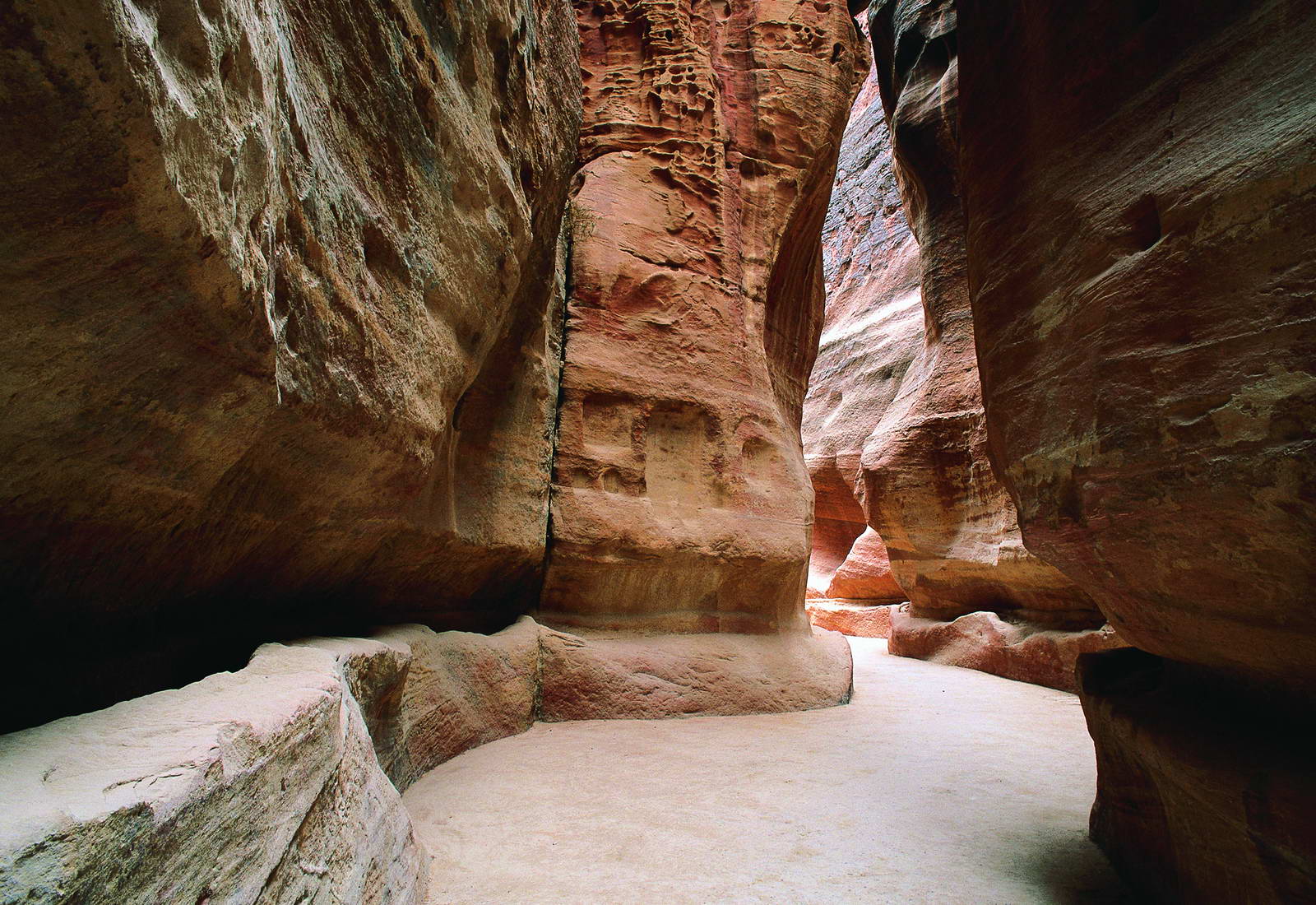Petra, often referred to as the "Rose City," is an ancient city and archaeological site located in southern Jordan. It is renowned for its unique and stunning rock-cut architecture, as well as its historical significance.
It is a well-known archaeological site located in southern Jordan. Petra is famous for its rock-cut architecture and water conduit system. It was the capital of the Nabataean Kingdom in the 4th century BC and later became a major trading hub.
The city is renowned for its stunning structures carved into rose-red cliffs and mountains. The most iconic structure is Al-Khazneh, also known as "The Treasury," which is a massive facade with intricate carvings. Other notable structures in Petra include the Monastery (Ad Deir), the Royal Tombs, and the Roman Theater.
 Petra, the Lost City of Hidden or Mystical Place
Petra, the Lost City of Hidden or Mystical Place
If we refer to a more general concept of a "lost city," it typically implies a historical or archaeological site that was unknown or forgotten for an extended period and later rediscovered. However, the term "lost city" is often used in a romanticized or sensationalized manner.
In the case of Petra, Petra s existence was known to local Bedouins, but it gained international attention when it was introduced to the Western world by Swiss explorer Johann Ludwig Burckhardt in 1812. The idea of a "lost city" adds an element of mystery and adventure to such discoveries. The site has since been a UNESCO World Heritage Site and was named one of the New Seven Wonders of the World in 2007. It is also a symbol of Jordan and is featured on the country s currency.
There are other instances throughout history where ancient cities or civilizations were lost to time and later rediscovered. For example, the ancient city of Machu Picchu in Peru was largely unknown to the outside world until its rediscovery by American historian and explorer Hiram Bingham in 1911.
The term "lost city" can also be used in a more mythical or fictional sense, often in literature or popular culture, to describe hidden or mystical places. However, in the context of historical and archaeological discussions, it s crucial to note that these cities were not truly "lost" to the people who lived in the region; rather, they may have been forgotten or unknown to the wider world for a period of time.
Here are some key points about Petra:
- Nabataean Capital: Petra was the capital of the Nabataean Kingdom, an ancient Arab civilization that thrived in the region from the 4th century BC to the 2nd century AD. The Nabataeans were skilled traders and carved their city directly into the rose-red cliffs of the surrounding mountains.
- Architectural Marvels: One of the most famous structures in Petra is Al-Khazneh, also known as "The Treasury." This impressive building is carved into the rock and served as a tomb or mausoleum. The facade is adorned with intricate carvings. Other notable structures include the Monastery (Ad Deir), the Royal Tombs, the Colonnaded Street, and the Great Temple.
- Trade Hub: Petra was a significant center for trade, connecting various regions through trade routes. Its strategic location contributed to its prosperity, as it became a crucial point for the exchange of goods such as spices, silk, and other valuable commodities.
- Tourist Attraction: Petra is a major tourist destination, drawing visitors from around the world who come to marvel at its unique architecture and learn about its rich history. The site has been featured in various films, including "Indiana Jones and the Last Crusade."
Today, Petra stands as one of the most iconic and well-preserved archaeological sites in the world, showcasing the engineering and artistic achievements of the Nabataean civilization.
Visiting Jordan I Book Your Tour Now Via Our Online System.
Also Read: Places to Visit in Jordan during Autumn
